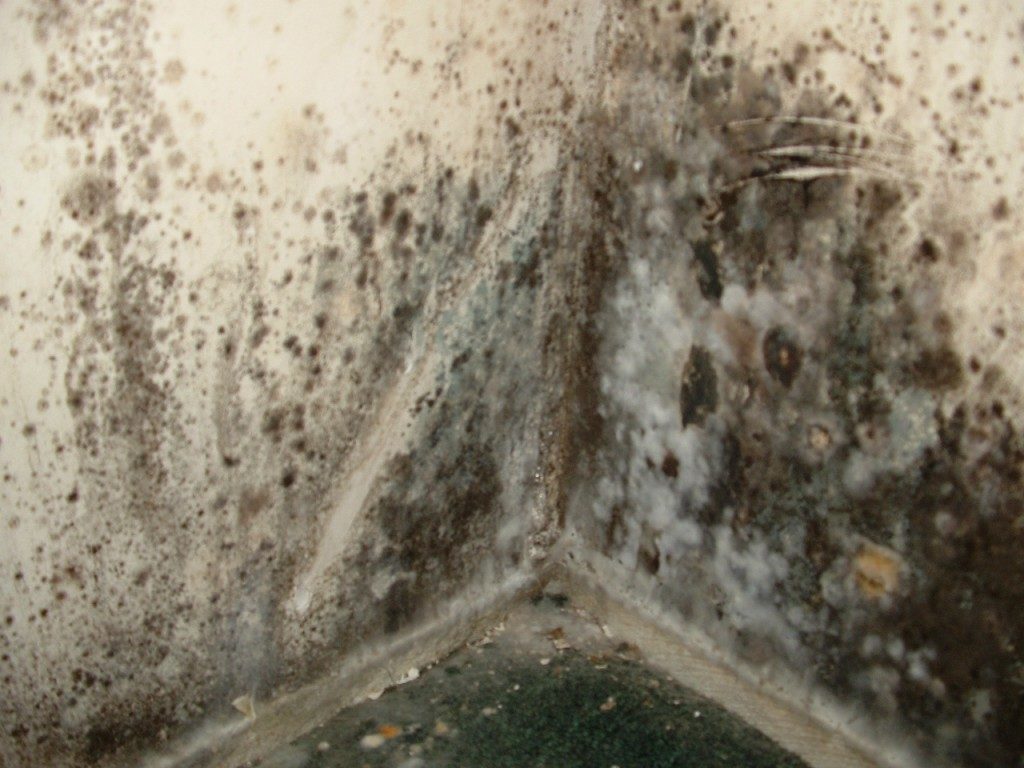About Drywall

Lath and plaster dominated the interior walls of our homes for hundreds of years. Wooden strips, lath were covered with multiple coats of plaster, and each layer needed to dry before troweling on another. The process was labor-intensive, time-consuming, the invention of drywall changed an industry. Finishing a wall went from difficult to easy enough for the do-it-yourselfer.
Drywall, made of raw gypsum, water, and other additives that were dried between sheets of heavy paper in a factory under pressure and high heat, was not developed until 1916 and wide spread adoption did not happen until the labor crisis after world war II. Eventually wallboard was produced in standardized 4′ x 8′ sheets, making it easier and faster to finish a wall (one-tenth the time of lath and plaster). Today, 97% of North American homes rely on drywall.
No Product is Perfect
Once installed, however, moisture can ruin drywall, making it a breeding ground for mold and mildew. Instead of using a more complicated or expensive alternative, such as decorative fiber cement boards, fiberglass panels or magnesium oxide (MgO) board, consider insulating your drywall with engineered EPS foam panels, such as InSoFast UX 2.0, particularly in a moisture-prone areas.

What is InSoFast's Advantage?
Expanded polystyrene (EPS) foam is a closed-cell insulation that is manufactured by “expanding” a polystyrene polymer. It provides the following benefits:
-
- it is difficult for water vapor and air to pass through the non-porous foam
- stronger, denser, able to handle heavier loads than open-cell foam
- continuous R-value of 8.5 or 10.5
- tight interlocking panels create a seal that will not change shape, over time
- solid surface supports drywall attachment and strong enough for floors and other finishes
- eliminates the potential of thermal leaks and prevents water from reaching the interior face
- electrical raceways run vertically at 16 inches on center and horizontally at 24 inches on center

Consider alternative materials that can also be applied to the InSoFast panels to create a more robust moisture protection. Just be sure to check with your local building code official to make sure they meet your local fire code requirements. Drywall, cement board, tile base, and wood siding can be installed over InSoFast panels in the same way it is installed over traditional framing. Just attach the product with screws that the cement board manufacturer recommends.
- Cement board panels: Fiber cement boards, come in a variety of colors and textures. They will provide a durable strength, fully supported and easy maintain and repair surface.
- Fiberglass reinforced panels (FRP): Designed to go over wood sheathing or drywall, these panels resist mold, pests, mildew and moisture, and are easy to clean if exposed to grease or other contaminants.
- Ambient Building Products, Inc. The technologically advanced interior sheathing from MagPanels is impervious to water, non-flammable, non-combustible, mold-resistant, and unaffected by insects.
- Wood sheathing: Consider premium wood paneling from companies like Southern Wood Specialties that offer kiln-dried rough cut wood that is ideal for a durable finish
If you’re considering alternatives to drywall for moisture protection, call InSoFast today at (888) 501-7899 or contact us online for more information about our easy-to-install EPS insulation panels.
Our American-made and patented EPS insulation panels are manufactured and shipped to project sites from manufacturing facilities in Massachusetts, Minnesota and Idaho.

